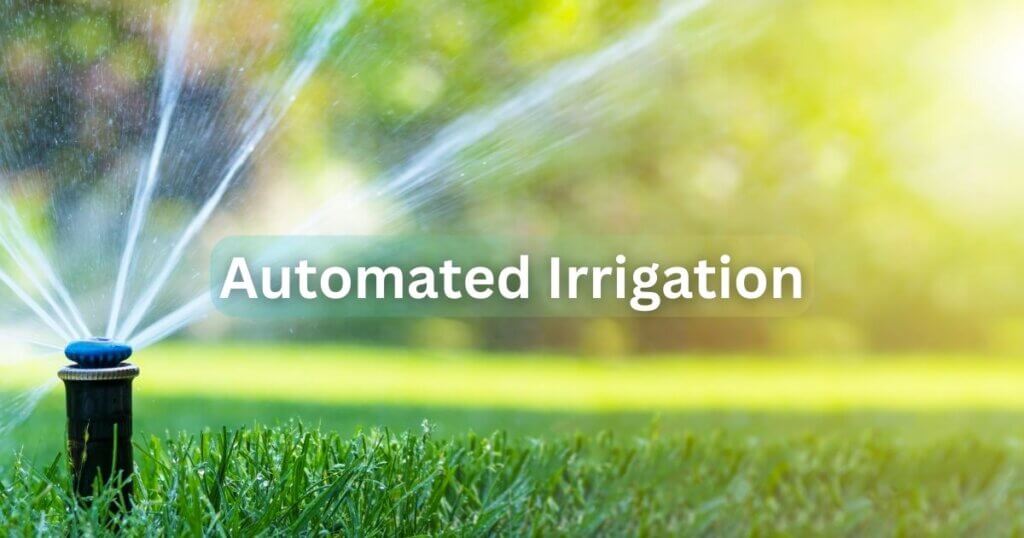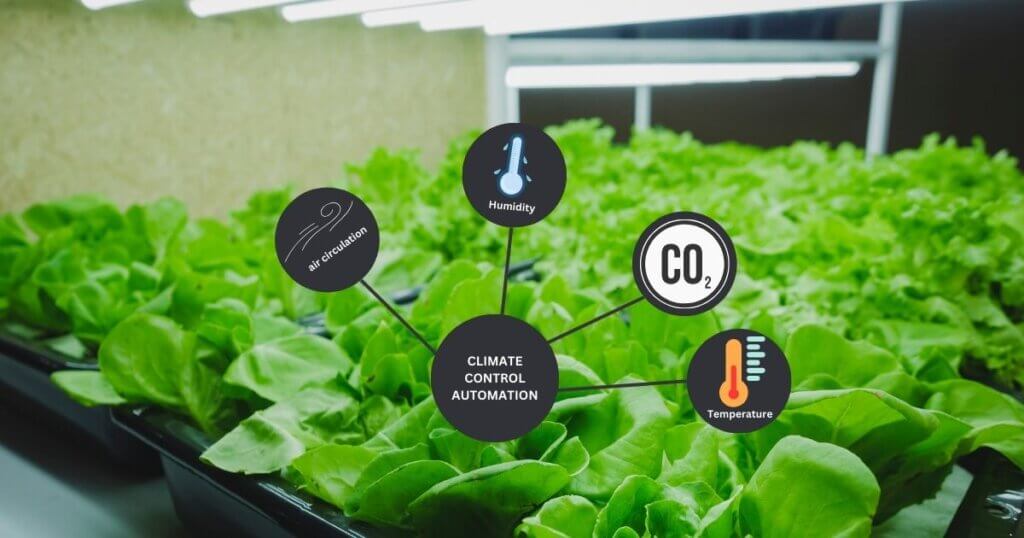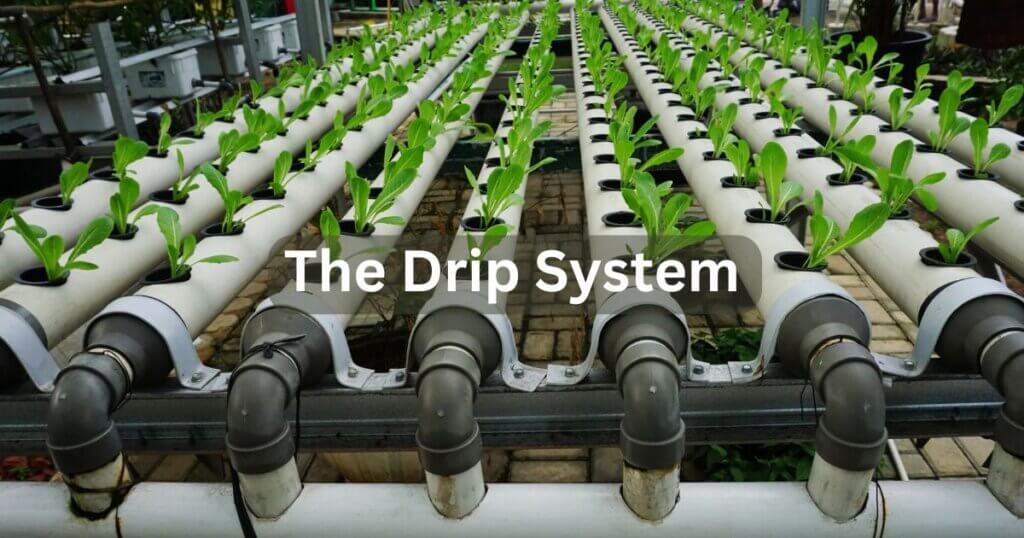The Astonishing Rise of Sustainable Agriculture Trends in 2025

Some of the links in this post are affiliate links. As an Amazon Associate, we earn a referral fee from qualifying purchases—at no extra cost to you.
The food on your plate is changing — not just what you eat, but how it’s grown. Welcome to the age of sustainable agriculture trends, where farming meets innovation, ecology, and urgency. As climate change tightens its grip, and conscious consumers demand more ethical food, the agricultural world is being forced to adapt. And fast.
But what are these sustainable agriculture trends everyone’s talking about? Why are they so vital right now? Let’s dive in.
Table of Contents
What Are Sustainable Agriculture Trends?
Understanding the Shift Toward Greener Farming
Sustainable agriculture trends refer to the evolving practices and innovations in farming that aim to protect the environment, boost food security, and ensure long-term productivity. Unlike conventional farming, which often emphasizes short-term yield. These trends are more than just fads — they’re systemic shifts in how we treat soil, water, air, and the entire food chain.
Why Sustainability in Agriculture Matters Now More Than Ever
We’re at a tipping point. Agriculture is responsible for up to 25% of global greenhouse gas emissions. Soil degradation is rampant, water supplies are drying up, and biodiversity is in crisis. Yet, the global population is expected to hit 10 billion by…
Sustainable agriculture trends are our response — our plan B, C, and D. They aim to grow more with less, protect nature while feeding people, and ensure farming isn’t part of the problem but the solution.
Major Forces Driving Sustainable Agriculture Trends
Climate Change and the Need for Agricultural Resilience
Global warming is hitting farmers hard. Unpredictable weather patterns, rising temperatures, and shifting growing zones are making traditional farming practices obsolete in many regions. Sustainable agriculture practices like cover cropping, no-till farming, and smart irrigation systems help build resilience by preserving soil moisture, preventing erosion, and improving crop yields despite climate variability.
Consumer Demand for Eco-Friendly Food Production
Have you noticed more “organic,” “regenerative,” or “carbon-neutral” labels in stores? Consumers today are more educated and environmentally conscious. They want food that aligns with their values. This demand is pushing farmers and companies to adopt sustainable agriculture trends not just for the environment — but to stay competitive in the market.
Government Policies Supporting Sustainable Practices
From the EU’s Green Deal to the USDA’s Climate-Smart Commodities initiative, governments are rolling out subsidies, incentives, and regulatory changes to promote sustainability. These policies are playing a major role in speeding up the adoption of climate-smart and sustainable farming practices across continents.
Top Sustainable Agriculture Trends Reshaping Farming in 2025
1. Regenerative Agriculture: Healing the Soil Naturally
Regenerative agriculture is the gold standard of sustainable farming. It doesn’t just maintain resources — it improves them.
Cover Cropping, No-Till Farming, and Crop Rotation Explained
- Cover cropping adds biomass, improves soil fertility, and prevents erosion.
- No-till farming reduces soil disturbance, promoting soil structure and microbial health.
- Crop rotation prevents nutrient depletion and breaks pest cycles.
Together, these regenerative methods improve soil carbon levels, making farms part of the climate solution.
Want to experiment with regenerative agriculture on your own plot? A cover crop seed mix like the Sustainable Cover Crop Seed Mix helps improve soil fertility, reduce erosion, and build organic matter naturally—perfect for backyard or small-farm applications.
2. Precision Agriculture: Data-Driven, Resource-Smart Farming
Precision agriculture uses data, sensors, and smart tech to optimize inputs like water, fertilizer, and pesticides.
The Role of AI, IoT, and Drones in Sustainable Farming
- Drones monitor crop health from above.
- IoT devices track soil moisture and weather conditions in real time.
- AI algorithms help farmers make informed decisions that reduce waste and boost yields.
This trend is a game-changer, especially in large-scale farming operations.
If you’re a home gardener or small-scale grower looking to try precision farming, a soil moisture meter like the Dr.meter Soil Moisture Meter helps you monitor moisture levels accurately and avoid overwatering—essential for conserving water and improving crop health.
3. Vertical Farming: Growing More in Less Space
Vertical farming involves growing crops in stacked layers within controlled environments, making it an ideal solution for urban spaces where land is limited. This method significantly reduces land and water use while maximizing food production in a compact footprint. Cities like Singapore, Tokyo, and New York are embracing vertical farming as a high-tech way to sustainably feed their growing populations by producing leafy greens, herbs, and microgreens year-round. By minimizing environmental impact through efficient resource use and local production, urban agriculture is driving a green revolution that supports food security and eco-friendly living.
Setting up your own vertical garden? A full-spectrum grow light like the GooingTop LED Grow Light Panel provides the perfect light spectrum for growing leafy greens, herbs, and microgreens indoors all year long.
4. Agroforestry: Merging Trees and Crops for a Better Ecosystem
Agroforestry combines trees with crops or livestock to create diverse and sustainable land-use systems. Trees in these systems act as carbon sinks, helping to reduce greenhouse gases. They also stabilize soil, provide shade, and boost biodiversity. This approach mimics natural ecosystems, supporting both environmental health and economic resilience.
5. Integrated Pest Management (IPM): Eco-Safe Pest Control
Instead of relying solely on chemicals, IPM uses a mix of biological, cultural, and mechanical techniques to manage pests. This includes:
- Introducing natural predators
- Crop rotation
- Strategic pesticide application only when necessary
It’s a smarter, safer way to protect crops and pollinators alike.
Embracing IPM? Consider using beneficial nematodes like the BioLogic Scanmask Beneficial Nematodes to naturally eliminate soil-dwelling pests such as grubs and root weevils—without harming pollinators or relying on chemical pesticides.
6. Circular Agriculture: Minimizing Waste, Maximizing Output
Circular agriculture mimics nature’s cycles. Nothing goes to waste.
How Farmers Are Turning Waste Into Wealth
- Manure becomes fertilizer
- Crop residues become compost
- Food waste becomes biogas
This closed-loop system is both efficient and eco-friendly.
7. Climate-Smart Agriculture: Farming That Adapts and Mitigates
Climate-smart agriculture focuses on three pillars:
- Increasing productivity
- Enhancing resilience
- Reducing emissions
Carbon Farming and Emissions Reduction Tactics
Farmers are now sequestering carbon in soil, reducing tillage, planting perennials, and measuring their impact with carbon credits.
Technology and Innovation Fueling Sustainable Agriculture
Smart Sensors and Robotics in Eco-Farming
Smart sensors enable farmers to monitor growing conditions with high precision, reducing water and fertilizer waste. Robotics are increasingly used to plant, weed, and harvest crops, cutting labor costs and minimizing environmental impact. These technologies help make farming more efficient and environmentally friendly. Automation also allows farmers to focus on managing their operations strategically.
Blockchain for Transparent Food Supply Chains
Blockchain technology enhances food supply chain transparency by allowing consumers to trace products from seed to supermarket through QR codes. This level of traceability builds trust and accountability between producers and buyers. Consumers can verify how and where their food was grown, promoting ethical and sustainable practices. Blockchain is transforming how food safety and origins are communicated.
Biotech Breakthroughs: Gene Editing for Sustainability
Gene-editing tools like CRISPR are being developed to create crops that need less water, resist pests, and thrive in poor soils. These innovations offer promising advances for sustainable agriculture by reducing resource use and chemical inputs. Although controversial, gene editing has the potential to address food security challenges globally. Continued research is needed to balance benefits with ethical and environmental concerns.
Challenges Facing Sustainable Agriculture Adoption
High Costs and Limited Access to Advanced Tech
Advanced farming tools often come with high price tags, making them inaccessible to many smallholder farmers, especially in developing countries. This limits the adoption of sustainable innovations where they are needed most. Without affordable technology, small-scale farmers struggle to improve productivity and environmental outcomes. Bridging this gap is essential for equitable progress in agriculture.
Education Gaps Among Smallholder Farmers
Access to technology alone isn’t enough—farmers also need proper training to use new tools effectively. Many programs overlook the importance of knowledge transfer, leaving farmers without the skills to maximize benefits. Education and ongoing support are critical for successful adoption of sustainable farming practices. Empowering farmers with information helps build long-term resilience.
Policy Inconsistencies Across Regions
In some regions, government subsidies still favor conventional, chemical-intensive farming methods over sustainable alternatives. These policy inconsistencies create confusion and slow the transition to eco-friendly practices. Farmers may be reluctant or unable to switch without clear incentives and support. Aligning policies with sustainability goals is vital for meaningful agricultural transformation.
The Future of Sustainable Agriculture Trends
Predictions for the Next 5–10 Years
In the next 5 to 10 years, we can expect increased automation and a broader adoption of regenerative farming practices. Collaboration between tech startups and farmers will grow stronger, driving innovation in sustainable agriculture. Food systems will become more localized, circular, and resilient to climate change. These trends will reshape how we produce and consume food globally.
Youth Engagement and the Rise of Green Entrepreneurs
Young people are bringing fresh ideas and digital expertise to agriculture, sparking a new wave of green entrepreneurship. They are launching innovative agtech platforms and sustainable farming ventures. This new generation is transforming farming from the ground up with creativity and technology. Their involvement promises a more sustainable and tech-savvy future for agriculture.
How You Can Support Sustainable Agriculture Trends
Choose Local, Organic, and Regeneratively Grown Products
Opt for products labeled with certifications such as USDA Organic or Regenerative Organic Certified to ensure sustainable practices. Buying from local farms helps reduce carbon emissions associated with transportation. It also strengthens your local economy by supporting community farmers. Choosing these options promotes healthier soil, biodiversity, and fair farming methods.
Reduce Food Waste and Support Agtech Innovations
Planning meals carefully and storing food properly can significantly reduce food waste in your household. Composting leftovers further minimizes environmental impact by returning nutrients to the soil. Additionally, supporting startups and companies focused on sustainable farming technologies helps accelerate eco-friendly agriculture. Your choices can drive positive change throughout the food system.
One simple way to reduce food waste at home is composting. The Epica Stainless Steel Compost Bin is a sleek, odor-proof solution for keeping kitchen scraps contained and ready to turn into nutrient-rich compost for your garden or potted plants.
Conclusion: Why Sustainable Agriculture Trends Are More Than Just a Buzzword
Sustainable agriculture trends are no longer optional—they’re essential for our future. They provide hope amid a warming climate and build resilience against uncertain challenges. These practices pave the way toward a healthier, more equitable food system. Whether you’re a farmer, consumer, policymaker, or stakeholder, embracing sustainability is key to thriving in the years ahead.
FAQs – Sustainable Agriculture Trends
1. How can small-scale farmers afford the technology needed for precision agriculture?
Many precision agriculture tools come with high upfront costs. However, there are affordable options like smartphone apps, basic soil sensors, and cooperative purchasing programs. Additionally, government subsidies and agtech startups are working to make these tools more accessible to smallholders worldwide.
2. What role do urban consumers play in supporting sustainable agriculture trends?
Urban consumers influence sustainable agriculture by demanding local, organic, and ethically produced foods. Their choices support urban farming, reduce food miles, and encourage retailers to stock more sustainably grown products, helping shift the entire food system toward sustainability.
3. Are there any risks or concerns associated with gene editing in sustainable agriculture?
Yes, while gene editing offers promising benefits, it also raises ethical, environmental, and regulatory concerns. Risks include unintended genetic effects, biodiversity loss, and public resistance. Ongoing research, transparent regulations, and public dialogue are necessary to balance benefits and risks.
4. How does sustainable agriculture impact water usage compared to conventional farming?
Sustainable agriculture typically uses water more efficiently through techniques like drip irrigation, rainwater harvesting, and soil moisture monitoring. These methods reduce water waste, prevent runoff, and maintain soil health, making farming more resilient to droughts and water shortages.
5. What are the challenges in educating farmers about sustainable agriculture practices?
Challenges include limited access to training resources, language barriers, traditional mindsets, and lack of ongoing support. Effective education programs need to be culturally relevant, accessible, and combine hands-on learning with digital tools to empower farmers to adopt new methods confidently.
Other Useful Resources Related To Sustainable Agriculture Trends
- Syngenta Group – Five Key Trends in Artificial Intelligence Revolutionizing Agriculture in 2025
Explore how AI is transforming agriculture through advancements in research and development, soil health monitoring, pest management, and supply chain optimization. This article highlights the pivotal role of technology in promoting sustainable farming practices.
🔗 https://www.syngentagroup.com/newsroom/2025/five-key-trends-artificial-intelligence-will-revolutionize-agriculture-2025 - EIT Food – Top 5 Food Trends to Watch in 2025
Delve into emerging food system trends, including the rise of regenerative agriculture, the biotech revolution, and the shift towards localized supply chains. This piece offers a comprehensive overview of how these trends are reshaping sustainable food production.
🔗 https://www.eitfood.eu/blog/5-food-trends-2025 - Bright Green Partners – Key AgriFood Tech Trends to Watch in 2025
This article discusses the acceleration of precision agriculture, the valorization of agricultural by-products, and the integration of regenerative practices. It provides insights into how agrifood tech is driving sustainability and innovation in the sector.
🔗 https://brightgreenpartners.com/insights-agrifood-tech-trends-2025/ - Klimato – Sustainable Food Production Trends for 2025
Learn about the expansion of plant-based alternatives, the adoption of regenerative agriculture practices, and the implementation of advanced carbon tracking technologies. This resource highlights strategies for reducing the environmental impact of food production.
🔗 https://klimato.com/klimato-insights/sustainable-food-production-trends-for-2025 - MarketsandMarkets – Sustainable Agriculture Market Size, Trends, Growth, Industry Report Forecast [2024-2029]
Gain insights into the projected growth of the sustainable agriculture market, including key segments like organic farming, agroecology, and precision agriculture. This report provides valuable data on market trends and future opportunities.
🔗 https://www.marketsandmarkets.com/Market-Reports/sustainable-agriculture-market-4459556.html








